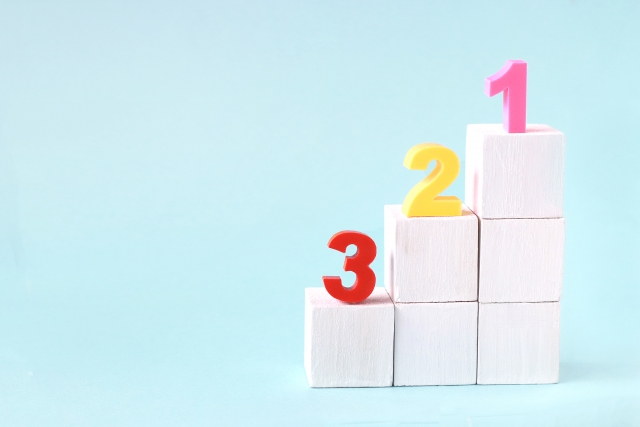Mokuhyō (目標) and Mokuhyō (目的): Part 1
Mokuhyō and Mokuteki Part 1
目標と目的 Part 1
I introduced you to the Japanese word meyasu (目安) yesterday.
昨日は「目安」という言葉を紹介しました。
Meyasu can mean ‘aim,’ ‘target,’ and ‘goal,’ but this word is rather used to mean ‘standard’ or ‘criterion.’
「目安」は ‘aim’ や ‘target,’ ‘goal’ を表すことができますが、どちらかと言うと ‘standard’ や ‘criterion’ の意味合いが強いです。
If you want to mean ‘aim,’ ‘target,’ ‘goal’ or ‘objective’ explicitly, you can use mokuhyō (目標) or mokuteki (目的).
より明示的に ‘aim,’ ‘target,’ ‘goal,’ ‘objective’ などの意味を表したい場合は、「目標」や「目的」を使います。
Here, moku (目) means ‘eye,’ hyō (標) means ‘mark,’ and teki (的) means ‘target’ — both mokuhyō and mokuteki can be translated as the above-mentioned English words.
「目」は ‘eye,’ 「標」は ‘mark,’ 「的」は ‘target’ を意味し、「目標」と「目的」はどちらも上記のような英単語に訳すことができます。
However, the usage of these words is different.
しかし、「目標」と「目的」の使い方は異なります。
I will explain that tomorrow.
明日はその違いについて説明します。




